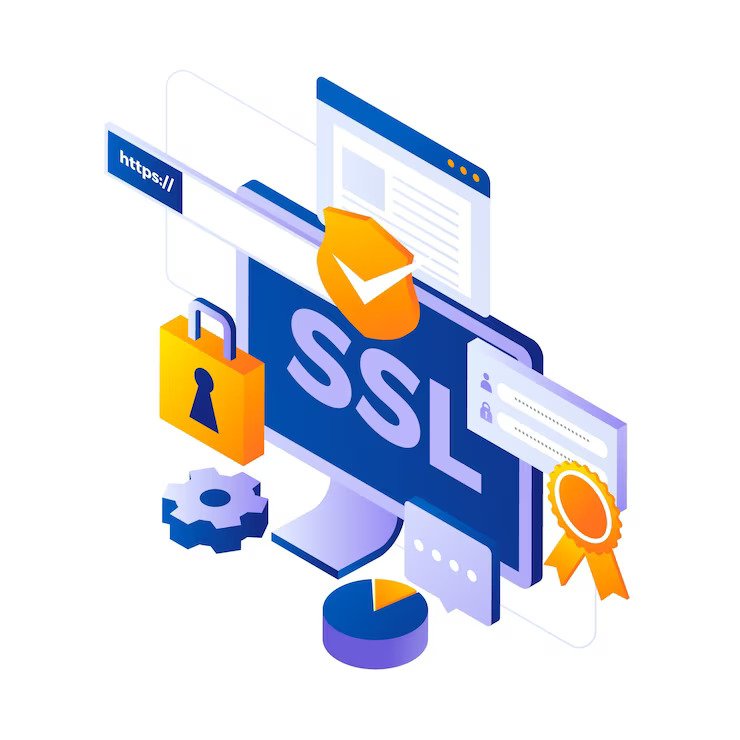A Timely Guide To Managing SSL Certificates
by Arnab Dey IT Services 31 May 2023

Effective Secure Sockets Layer (SSL) certificate management begins with the right tools. Spoiler alert: effective management doesn’t mean spreadsheet organization and email notifications. There are better ways to handle your certificates.
Let’s view how a certificate manager can help your organization run smarter.
How Can You Manage SSL Certificates?

There are two ways to manage an SSL certificate.
They are:
- Manually
- With a certificate manager
Sometimes, things get lost in the shuffle. Maintaining a Public Key Infrastructure (PKI) and overseeing the certificates and approvals take time when done manually. Some smaller organizations may rely on spreadsheets, but scaling can be difficult.
Businesses interested in efficiency, security, and easy scaling down the line invest in a certificate manager platform. Companies can ensure optimal security and performance using tools like Sectigo’s SSL Certificate Manager.
Why is it Hard to Manage SSL Certificates?

Manually tracking certificates is a time-consuming, never-ending task. Even small companies may have hundreds of certificates, while large enterprise-level businesses may manage tens of thousands or even millions of certificates.
No matter how careful a person using a manual system may be, things slip through the cracks. It’s easy for something to be mislabeled or lost altogether. When a certificate expires, and no one notices, it can mean big bucks for the business.
One expired security certificate can cost an enterprise roughly $15 million to recover for each outage, according to Forbes. Expired certificates can let hackers in unnoticed, where they can steal data, cause damage, and hurt your organization’s public image.
It happens all the time. A partial U.S. government shutdown in 2018 led to multiple expired security certificates. Those expirations took down over 80 federal websites.
That’s where a certificate manager can help. No matter what happens, this kind of service provides a convenient agnostic platform to manage the lifecycle of all your public and private digital certificates.
Related: Announcing Your New Website Launch With Flair: Tips And Tricks
What Are The Benefits Of A Certificate Manager?

A certificate management platform, such as Sectigo, simplifies all the parts of certificate lifecycle management. These typically include installation, inspection, remediation, and renewal. The benefits of enlisting the help of an SSL Certificate Management platform include:
- Improves efficiency. No one will need to handle email requests and spreadsheet management. Large companies, in particular, will benefit from customization options tailored to their company.
- Streamlined workflow and absence of error. The right certificate manager could help an organization streamline its workflow and potentially avoid costly security mistakes.
- Schedules that don’t need babysitting. An SSL certificate platform lets you set up preventative maintenance (PM) and calibration schedules. Running regular scans allows a business to catch potential issues. It becomes much easier to achieve compliance goals when you choose a platform to manage the entire lifecycle of your public and private digital certificates.
- Consistency. Sometimes, multiple people order and install certificates. Other times, the turnover rate typical for an enterprise-level company affects the findability of a certificate. Still, other employees develop their methods of doing things.
- Automation. Keeping track of all the moving parts can take a lot of work. Weekly automated scans help solve that problem. By automatically generating jobs, meeting inspection due dates, and staying on top of your tasks is much easier.
The Bottom Line
Keeping up with all the SSL certificates in a large business is challenging. Fortunately, Sectigo’s Certificate Manager can simplify the process and help boost security. Discover, issue, renew, and manage all your certificates in one place with a service like Sectigo. View the perks of an SSL certificate manager.
Read Also:







































































































